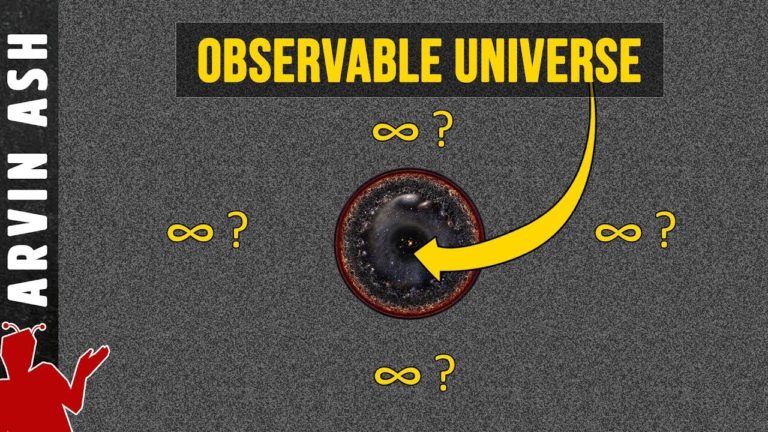Visualizing infinity. Is the universe infinite? the largest scales
if the Sun was the size of a Basketball, Proxima Centauri our nearest neighbor would be 4500 hundred miles away. And there are 10 sextillion such stars in the universe that is 1 followed by 22 zeros. And each one of them is approximately the same distance apart from each other as proxima centauri is from the sun.
In fact, the universe is bigger than even what our most powerful telescopes can see. How big is the universe in terms of numbers? And in fact, could it be infinite? Is there any way we can even begin to visualize what infinity is?
At 1 quadrillion meters, We will be passing by the Oort cloud which is thought be a spherical shell consisting of up to 2 trillion comets that surround the solar system. This spherical cloud starts about 1 trillion kilometers away from the sun and ends about 15 trillion km away from the sun. This also forms the outer boundary of our solar system, where the gravitational influence of the sun is minimal to non-existent.
The Milky Way galaxy is about 106,000 light years across, or almost exactly 1 quintillion kilometers, containing up to 400 billion stars. There is nothing particularly remarkable about our galaxy. It is a typical spiral galaxy. There are billions of others like it in the universe. Our neighbor the Andromeda galaxy is larger, containing 1 trillion stars.
When we go 1000 times larger than this, we begin to see the super structure of the universe which is made up of superclusters. We live in such a structure called the virgo superstructure. We reach the end of the visible universe at about the scale of 10^27 meters. The observable universe has a diameter of about 93 billion light years or 1 x 10^27 meters.
The reason it is actually 93 billion light years across and not 13.8 billion light years is because the universe has been expanding for the entire 13.8 billion years, and due to the cosmic expansion. And we can calculate the universe is actully 46.5 billion light years from us by this time. So the diameter of the universe would be twice that, or 93 billion light years across.
But we will actually never eventually see the light from that distance because in 1998, we discovered something dark energy, and learned that universe is not in a steady expansion, but rather an accelerating expansion, so that light will be receding from us at greater than the speed of light.
But could it be though that what we see can see is a miniscule portion of a universe that is actually infinite? Well, the cosmic microwave background gives us a clue. It’s the leftover glow from the big bang. One of the things that this microwave background tells us is that the universe appears to be flat. How do we know this? Scientists look for what we would see if the universe was a certain shape.
They look for the curvature of space. If space was not flat but positively curved like a 4 dimensional sphere, then we would expect to see multiple images of the same object in the sky because distant light rays would converge. In a positively curved universe, the angles would add up to greater than 180 degrees.
Data from the WMAP as well as Planck spacecraft, however, indicates that the universe is flat, or nearly flat with an error of 0.4%. A flat universe would be an infinite universe. But if the error is taken into account, then it is possible that the universe could have a slightly positive curvatire. In that case it would be finite, but would have to have a radius at least 250 times larger than the part that we can see. This would be a minimum size of (250 x 46.5==11.6) 11.6 trillion light years in radius or about 23 trillion light years in diameter, instead of the 93 billion that we can see.
This is huge, but would be much smaller than infinity. Infinity is a very large number. Imagine a very large number like a googol, the real googol, spelled differently than what you are used to seeing. This is 10^100 light years. That’s 1 following by 100 zeros.
Or a googolplex which is 10^10^100 – that’s 10 to the google power. An extremely large number. Much larger than even the number of planck volumes that would fit inside the observable universe (4.7 x10^185 planck volumes could fit inside the universe). But infinity is much much larger than either of those numbers.
What we do know for sure is that universe is much larger than the part we can observe. The problem is we only have access to the information contained our in our tiny 93 billion light year diameter bubble that we call the observable universe. We can only infer from what we can see.
Do not forget to share your opinion with us to provide you with the best posts !




0 Comments